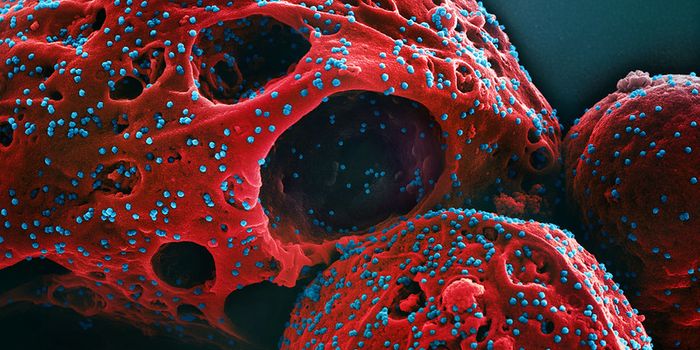Syphilis is on the Rise, and Infants are Paying a High Price
Syphilis is on the rise worldwide, and it's killing infants. The disease is a leading cause of stillbirth worldwide, according to the World Health Organization, in a condition called congenital syhpilis. This problem is rising even though (when it is available) prenatal screening can check for the disease, and infected pregnant women can be cured with antibiotics, lowering the risk to the infant. According to the Centers for Disease Control and Prevention, the incidence of congenital syphilis has risen by 291 percent between 2015 and 2019; it went from about a dozen cases in every 100,000 live births to 48 per 100,000 live births.
Children born with CS face a host of problems if they are able to survive the infection; these individuals may have birth defects, developmental delays, organ dysfunction, seizures, rashes, fever, and other problems.
Some have suggested that prenatal screens should be required by law in all states (check out the current screening guidelines by state), or that the screening happen more in more than one trimester. There are agencies that have good strategies to bring those numbers down among women who cannot access prenatal care, but the work is slow and difficult, and there's simply not a lot of funding for public health efforts like those that require workers to go into the field and talk to people directly about going to a clinic.
Syphilis is caused by a bacterium called Treponema pallidum and spread through sexual contact. People who have been infected can become infected again, and there is no vaccine although research has suggested it's possible to make one. It can be treated with antibiotics. However, a treatment that was withheld from study participants in the Tuskegee study (conducted from 1932 to 1972), leading to serious, lasting, negative consequences for public health that continue today.
Syphilis is still a major public health problem even though the T. pallidum genome was sequenced in 1999, and for a time, the CDC thought eradication might be in reach. In 1999, about 80 percent of counties in the United States did not report any cases. But treatments for HIV had gotten good by then, and the internet was exploding in popularity, leading to an increase in hookups between people that were not using protection during sexual activity and an increase in many sexually transmitted diseases.
A ProPublica article published today has comments from experts who note that our health system has entered an unfortunate cyclical pattern of "panic and neglect," in which a health crisis emerges, triggering a robust response that is a victim of its own success. People stop paying attention to a problem when it's no longer a catastrophe, and resources are diverted away as the final goals to reach eradication are not achieved.
There has been progress, however, and research groups have continued to work to solve the syphilis problem behind the scenes. For example, scientists were finally able to grow the bacterium in the lab in 2018, which will encourage research work.
In research reported in PLOS Pathogens over the summer, scientists were also finally able to manipulate T. pallidum with genetic tools. In that study, the research team was able to replace a portion of the bacterial genome with a nonfunctional synthetic gene construct. The authors noted that if we can gain a good understanding of the pathogen's genome, it will be easier to engineer treatments and preventive measures.
Sources: STAT News, JAMA Network, mBio, PLOS Pathogens









